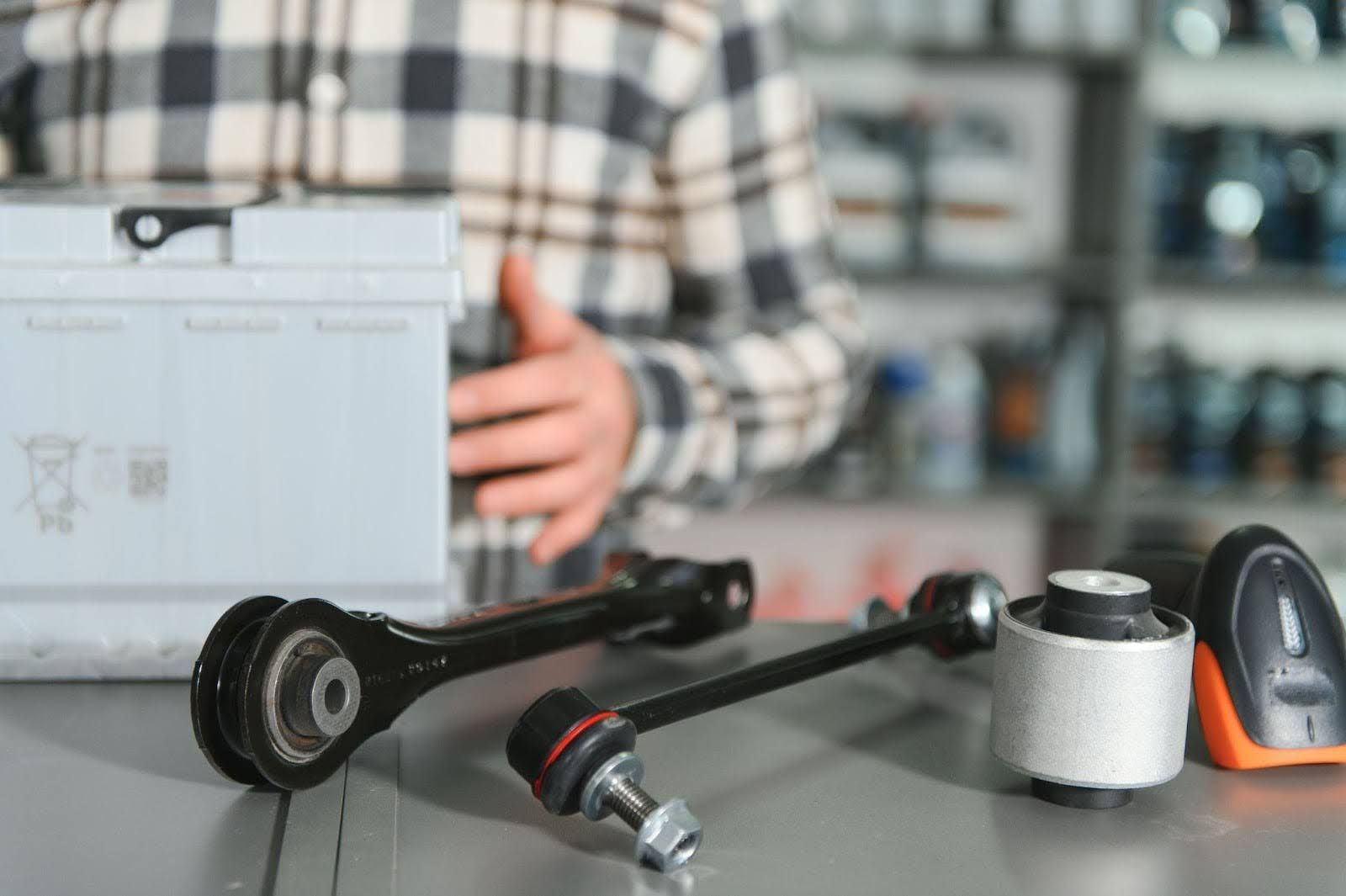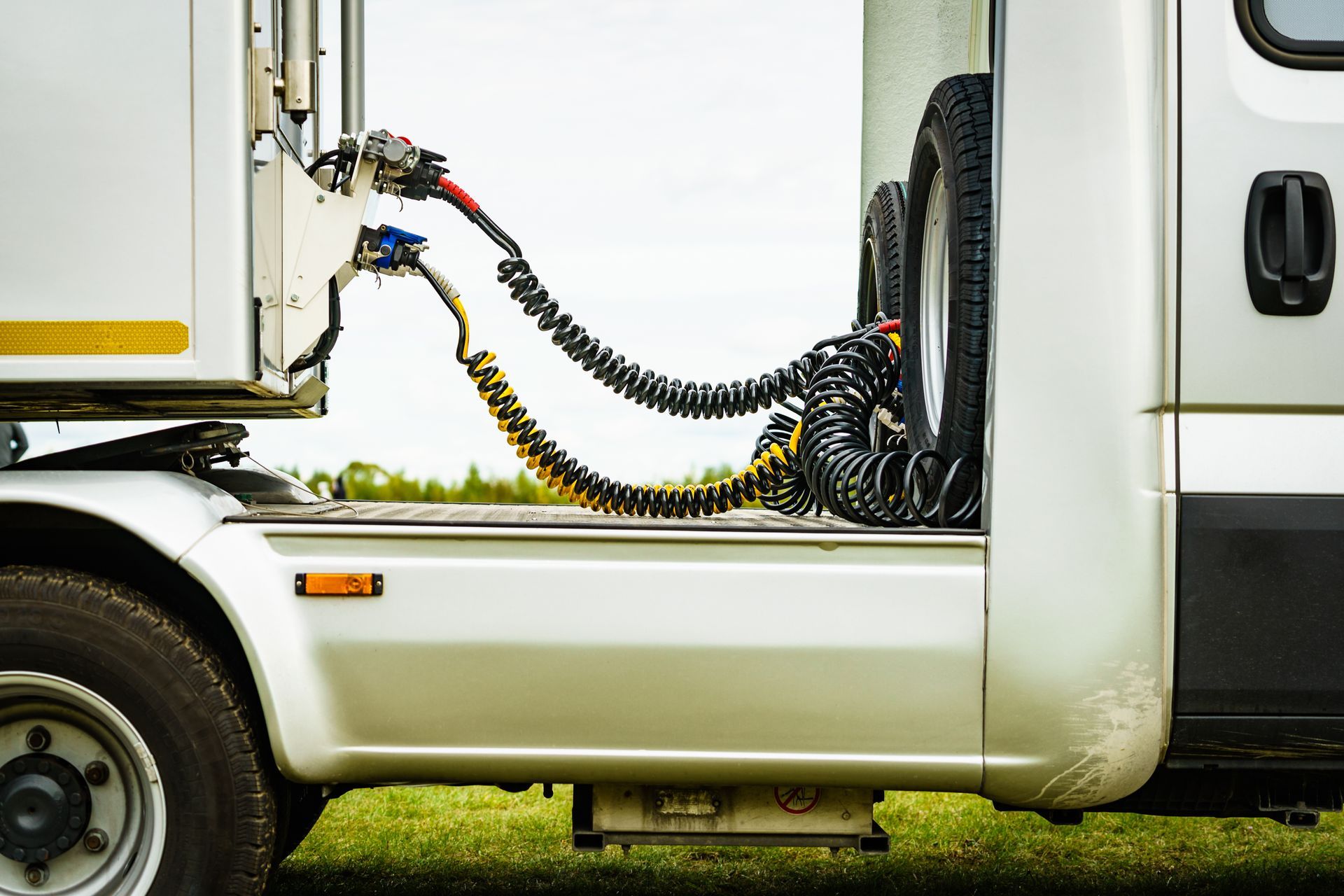Lighting Solutions for Enhanced Road Safety: What Truckers Need to Know
Ensuring road safety is crucial for truckers, given the substantial size and weight of their vehicles. Proper lighting plays a pivotal role in preventing accidents, particularly during nighttime and adverse weather conditions.
Types of Lighting Solutions Available for Trucks
Truck lighting solutions come in various forms, including headlights, taillights, and auxiliary lights. These can be sourced as Original Equipment Manufacturer (OEM) parts or aftermarket options. OEM parts are crafted to meet the manufacturer's standards, ensuring a perfect fit and reliable performance. Aftermarket lighting options, on the other hand, often offer advanced features and customization possibilities. Upgrading to modern lighting technologies not only enhances visibility but also improves energy efficiency, making night driving safer and more comfortable.
The Role of Auxiliary Lights
Auxiliary lights, such as fog lights and driving lights, provide additional illumination in specific situations. Fog lights are designed to cut through mist and fog, improving visibility in poor weather conditions. Driving lights offer a more focused beam, ideal for long-distance visibility on open roads. These lights can significantly enhance safety by providing better road illumination, especially in challenging environments.
Importance of Reflective Markers
Reflective markers are another crucial aspect of truck lighting solutions. These markers, placed on the sides and rear of the truck, improve visibility to other road users. They are especially important in low-light conditions, ensuring that trucks are easily seen by other vehicles. Reflective markers are a simple yet effective way to enhance safety on the road.
Advancements in LED and HID Technology
Recent innovations in LED and High-Intensity Discharge (HID) technology have transformed truck lighting. LEDs are renowned for their energy efficiency and long lifespan. They consume less power and outlast traditional halogen bulbs, providing a cost-effective lighting solution. HID lights, while also efficient, offer intense brightness that enhances long-distance visibility. These technological improvements contribute to safer driving conditions by providing superior road illumination.
Comparing LED and HID Technologies
While both LED and HID technologies offer significant benefits, they have distinct characteristics. LEDs provide instant illumination and are highly durable, making them suitable for frequent on-off cycling. HIDs offer a broader and more intense light, which is beneficial for long-range visibility. Choosing between these technologies depends on the specific needs and preferences of the truck operator.
Energy Efficiency and Environmental Impact
One of the key advantages of LED lighting is its energy efficiency, which translates to reduced fuel consumption and lower emissions. This not only benefits the truck operator financially but also contributes to environmental conservation. As regulations around vehicle emissions tighten, adopting energy-efficient lighting solutions becomes increasingly important.
Legal Requirements and Regulations for Truck Lighting
In the United States, truck lighting regulations vary by state. For instance, Nevada and Arizona have specific rules regarding the type, color, and positioning of lights. Adhering to these regulations is essential to avoid fines and ensure road safety. Common legal lighting configurations include properly aligned headlights, functioning taillights, and reflective markers on the truck's sides and rear.
Understanding State-Specific Regulations
Each state has its own set of regulations concerning truck lighting. It is important for truck operators to familiarize themselves with these rules to ensure compliance. Non-compliance can result in penalties and increased risk of accidents due to inadequate visibility.
The Role of Regulatory Bodies
Regulatory bodies, such as the National Highway Traffic Safety Administration (NHTSA), play a crucial role in setting and enforcing lighting standards. These organizations provide guidelines to ensure that truck lighting systems meet safety requirements, protecting both truck operators and other road users.
Interviews with Truck Operators: Real-World Experiences
Many truck operators have shared their experiences after upgrading their lighting systems. A driver from Las Vegas noted that switching to LED headlights significantly improved his night driving experience. He found that the broader beam pattern and brighter light reduced stress levels during long hauls. Another driver from Kingman highlighted the durability of aftermarket LED lights, which withstood harsh desert conditions without frequent replacements. Some operators faced challenges during the upgrade process, such as compatibility issues with older truck models, but these were often resolved with professional installation assistance.
Overcoming Compatibility Challenges
Compatibility issues can arise when upgrading lighting systems, especially in older truck models. Professional installation services can help address these challenges, ensuring that the new lighting systems are properly integrated. This can prevent potential electrical issues and ensure optimal performance.
The Benefits of Professional Installation
Professional installation not only resolves compatibility issues but also ensures that the lighting system is installed correctly. This minimizes the risk of electrical problems and enhances the overall performance of the lighting solution. Truck operators can benefit from expert advice and support throughout the installation process.
Installation and Maintenance Tips for Truck Lighting
Installing new lighting systems on trucks can be straightforward with the right tools and guidance. It is essential to follow the manufacturer's instructions to avoid electrical issues. Regular maintenance checks are crucial to keep the lighting system in optimal condition. This includes cleaning the lenses, checking for any loose connections, and replacing faulty bulbs promptly. If any lighting issues arise, troubleshooting should begin with checking the fuse box and wiring connections.
Routine Maintenance Practices
Regular maintenance is key to ensuring the longevity and performance of truck lighting systems. Cleaning the lenses and checking for loose connections are simple practices that can prevent more significant issues. Replacing faulty bulbs promptly ensures that the lighting system remains fully functional.
Troubleshooting Common Issues
When lighting issues arise, troubleshooting should start with checking the fuse box and wiring connections. These are common sources of problems and can often be resolved with simple fixes. Having a basic understanding of the lighting system can help truck operators address minor issues without professional assistance.
Cultural and Geographical Considerations
Geographical factors, such as the desert environment of Nevada and Arizona, can influence truck lighting needs. The intense sunlight and dusty conditions can cause faster wear and tear on lighting components. Culturally, there is a strong emphasis on road safety in these regions, with local initiatives promoting the use of modern lighting solutions. Programs aimed at improving road safety often encourage truck operators to upgrade their lighting systems to enhance visibility and reduce accident risks.
Impact of Environmental Conditions
Environmental conditions, such as extreme temperatures and dust, can affect the performance of truck lighting systems. In regions like Nevada and Arizona, these factors must be considered when selecting lighting solutions. Choosing durable and weather-resistant components can help mitigate the impact of harsh environmental conditions.
Cultural Emphasis on Safety
In many regions, there is a cultural emphasis on road safety, with initiatives aimed at promoting the use of modern lighting solutions. These programs highlight the importance of upgrading lighting systems to enhance visibility and reduce accident risks. Truck operators are encouraged to adopt the latest technologies to ensure the safety of themselves and other road users.
Proper truck lighting is crucial for road safety, offering enhanced visibility and compliance with legal standards. With advancements in LED and HID technologies, truck operators can benefit from more efficient and durable lighting solutions. Understanding the legal requirements and real-world experiences of truck operators can guide better lighting choices, ultimately contributing to safer roads in areas like Las Vegas and Kingman. By adopting modern lighting technologies and adhering to maintenance practices, truck operators can ensure optimal performance and safety on the road.
For more information on truck lighting solutions and parts, reach out to Legacy Truck & Trailer Parts today. Our team is ready to assist you with expert advice and quality products tailored to your needs.











